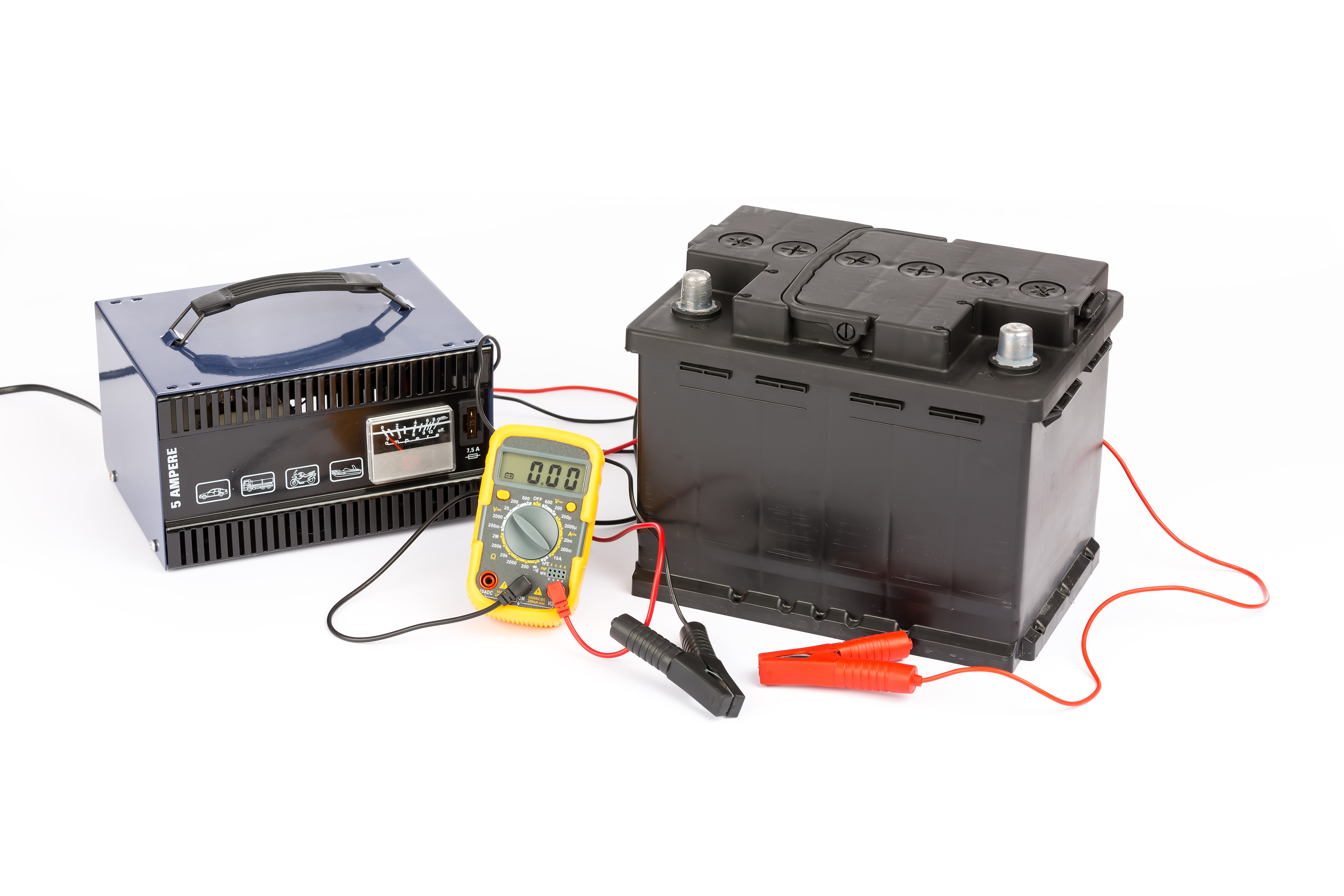
Why are GELL and AGM batteries so charge sensitive and why is charge voltage so critical?
All lead-acid batteries give off hydrogen from the negative plate and oxygen from the positive plate during charging. VRLA DRY CELL AGM and GEL batteries have pressure-sensitive valves. Without the ability to retain pressure within the cells, hydrogen and oxygen would be lost to the atmosphere, eventually drying out the electrolyte and separators. Voltage is electrical pressure. Charge (ampere-hours) is a quantity of electricity. Current (amperes) is electrical flow (charging speed). A battery can only store a certain quantity of electricity. The closer it gets to fully charged, the slower it must be charged. Temperature also affects charging. A battery will accept charge at its ideal rate if the correct pressure (voltage) is used for the temperature. If too much pressure is used, the charge will be forced through the battery faster than it can be stored. Reactions other than the charging reaction occur to transport this current through the battery – mainly gassing. Hydrogen and oxygen are given off faster than the recombination reaction. This raises the pressure until the pressure relief valve opens. The gas lost cannot be replaced. Any VRLA DRY CELL AGM or GEL battery will dry out and fail prematurely if it experiences excessive overcharge.
